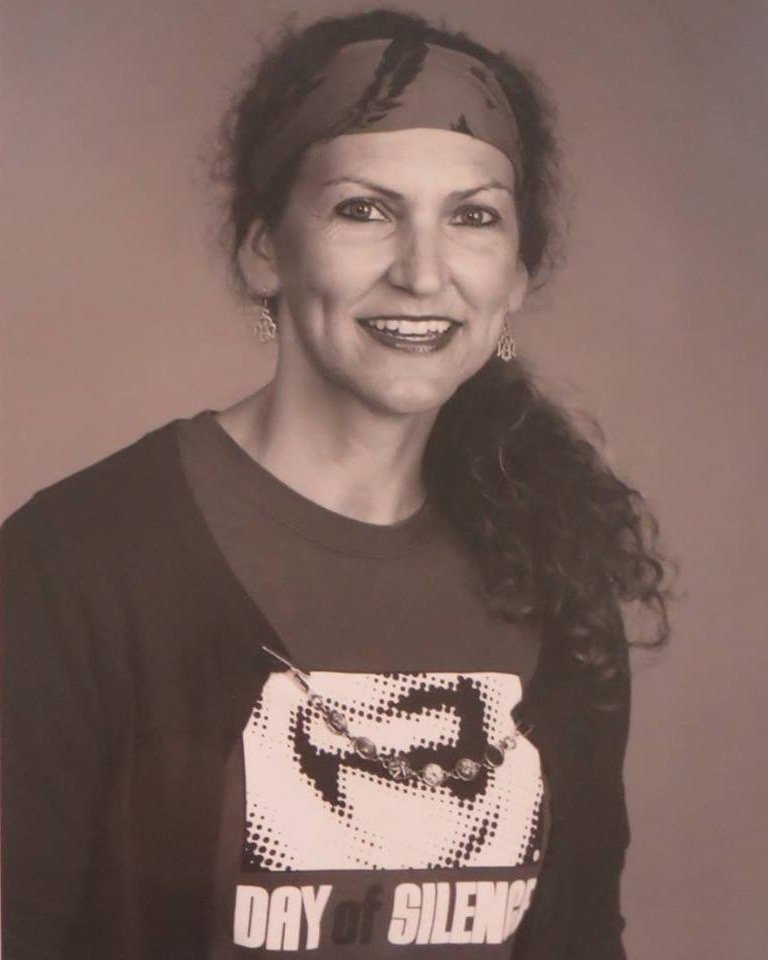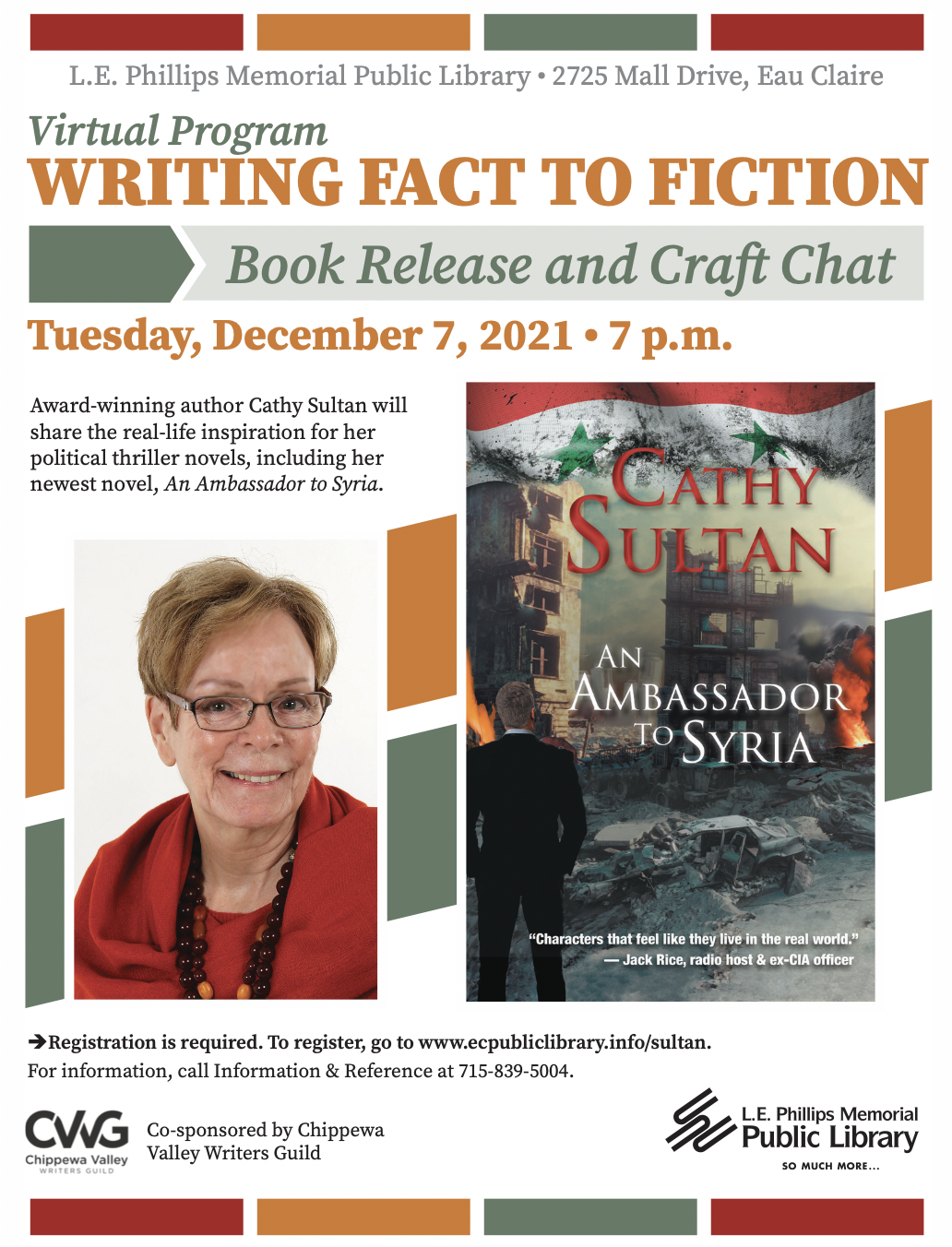Grace Schutte
Some 10,000 years ago, when glaciers hop-scotched across the world like children at recess, a patch of land was left unscathed from their icy trail in the modern-day Midwest. The 25,000 sq/mi area retains its unique landforms of old: lush forests and springs, deep caves and sinkholes, winding hillsides and streams—driftless to this day.
It is here where the Madison Magazine senior editor and author Maggie Ginsberg grew up, on the outskirts of the Driftless.
I had the great pleasure of discussing Ginsberg’s debut novel Still True, set to be released Sept. 27, and the crucial role the Midwest plays in the text—how it shapes and forms the lives of the characters as they explore the joys and complications of love and life in the Midwest.
Join Maggie Ginsberg and Nickolas Butler for a conversation on her debut novel Still True, craft, and writing about place and home at 6pm on Wednesday Sept. 28 at the L.E. Phillips Memorial Public Library. Read on for the complete interview.
Grace Schutte: Midwestern culture and setting play a foundational role in Still True—what is your relationship with the Midwest? Has it evolved over the span of your life?
Maggie Ginsberg: I was born and raised in the Midwest in a small town on the edge of the driftless, and the Midwest has shaped me in ways I am still uncovering. There are so many great things about growing up in a smaller community in rural Wisconsin—there are also some challenging things I didn’t realize at the time, things I am still unpacking today. But I have a ton of love for the Midwest.
GS: How does your Midwestern background influence how you write and think about literature?
MG: I think the Midwest is sometimes overlooked, dismissed or stereotyped by New York Publishers. They might think of our work as regional but not that we’re writing deeply, thoughtfully, and authentically from the Midwest in universal ways. And of course, there are exceptions, but that’s why I think it is so important what BJ Hollars has done in the Chippewa Valley: Bringing together a community of readers and writers and bringing validity to it. There is something really magical about being seen in literature.
GS: You are an editor for Madison Magazine. What was the transition from non-fiction to fiction like? Do you feel your background in non-fiction brings something unique to the page?
“For a while, I was in my own way because the story I was telling myself was that only a certain kind of writer knew how to write fiction and that I wasn’t that writer. Once I got out of my own way and questioned myself about that, then I was open to learning and being taught...”
MG: When I first got my agent, she suspected my many years of journalism had given me an access to people’s interiority in a way that has helped me write fiction. I agree with that. For a while, I was in my own way because the story I was telling myself was that only a certain kind of writer knew how to write fiction and that I wasn’t that writer. Once I got out of my own way and questioned myself about that, then I was open to learning and being taught—I am so glad, because it has been a lot of fun.
GS: What compelled you to write a novel? As this is your debut book, what has your writing experience looked like so far?
MG: I accidentally took a fiction writing class in 2016. There was a course I took every year and I had already taken all of the nonfiction tracks, and I didn’t want to miss out on the course because I enjoyed it so much, so I thought I’d try fiction. I sat there like a sponge. For some reason, it opened my mind to not just what was possible, but that it was possible for me. I love the freedom I am learning through fiction writing and hope to continue doing that as well.
GS: In the opening pages, we are introduced to our protagonist, Lib, a 58-year-old woman living alone—or alone as you can live in a small midwestern town—in her childhood home, of which she has renovated until it is unrecognizable. How does Still True complicate, or enrich, how readers perceive 50-some-year-old independent women?
MG: I saw [Lib] very clearly, and I think a lot of readers can appreciate protagonists who aren't 35. I think you need to have done a little living to tell an interesting story—I know I had to do quite a bit of living to write one. It’s complicated for Lib. It’s not just that she is living on the edge of town because she’s an independent woman—she’s also protecting herself. You could call it hiding, but those are the tools that have been working for her—or so she thinks.
GS: There is an undeniable chemistry between the characters—it is honest, passionate, and sensual. In what ways does Still True comment on female sexuality, especially the sexuality of “older” women.
MG: I thought about this book in terms of questions, not answers. It starts with this premise of “Do you lose independence if you’re going to have real intimacy with a partner? Can you have both, or not?” I wanted to know what might challenge that understanding. Because of her generation and her trauma, she has a hard earned relationship with her sexuality.
GS: Some would argue family is one of the cornerstones of Midwestern life—you complicate that concept in your book, where secrets are kept and maintained for decades all to come to a head years down the line. How does this serve as a commentary and what does it propose?
MG: I wasn’t setting out to make any kind of statement or anything like that, I just wanted to write people true, write how we really are. For me, the challenge was to do right by [my characters], to really make sure I kept asking them—almost like with my journalism—who they were, where they came from, and to explain themselves to me so I could help them explain themselves to each other.
GS: Who inspires you in life and in your writing?
MG: Nickolas Butler is someone I think of. When I read Shotgun Lovesongs, it wasn’t just that I loved that story and his voice, but that I felt seen as a born and raised Midwesterner in ways that I usually didn’t see reflected in a lot of other literature. That was a big deal to me.
GS: Do you have plans to write another book?
MG: I started working on another book the minute I went out on submission with this one. It was a way to distract myself from the painful process of having a book out on submission—I’m still working on it, five years later. Publishing is a tough business, writing is glorious.
Join Maggie Ginsberg and Nickolas Butler for a conversation on her debut novel Still True, craft, and writing about place and home at 6pm on Wednesday Sept. 28 at the L.E. Phillips Memorial Public Library.








































